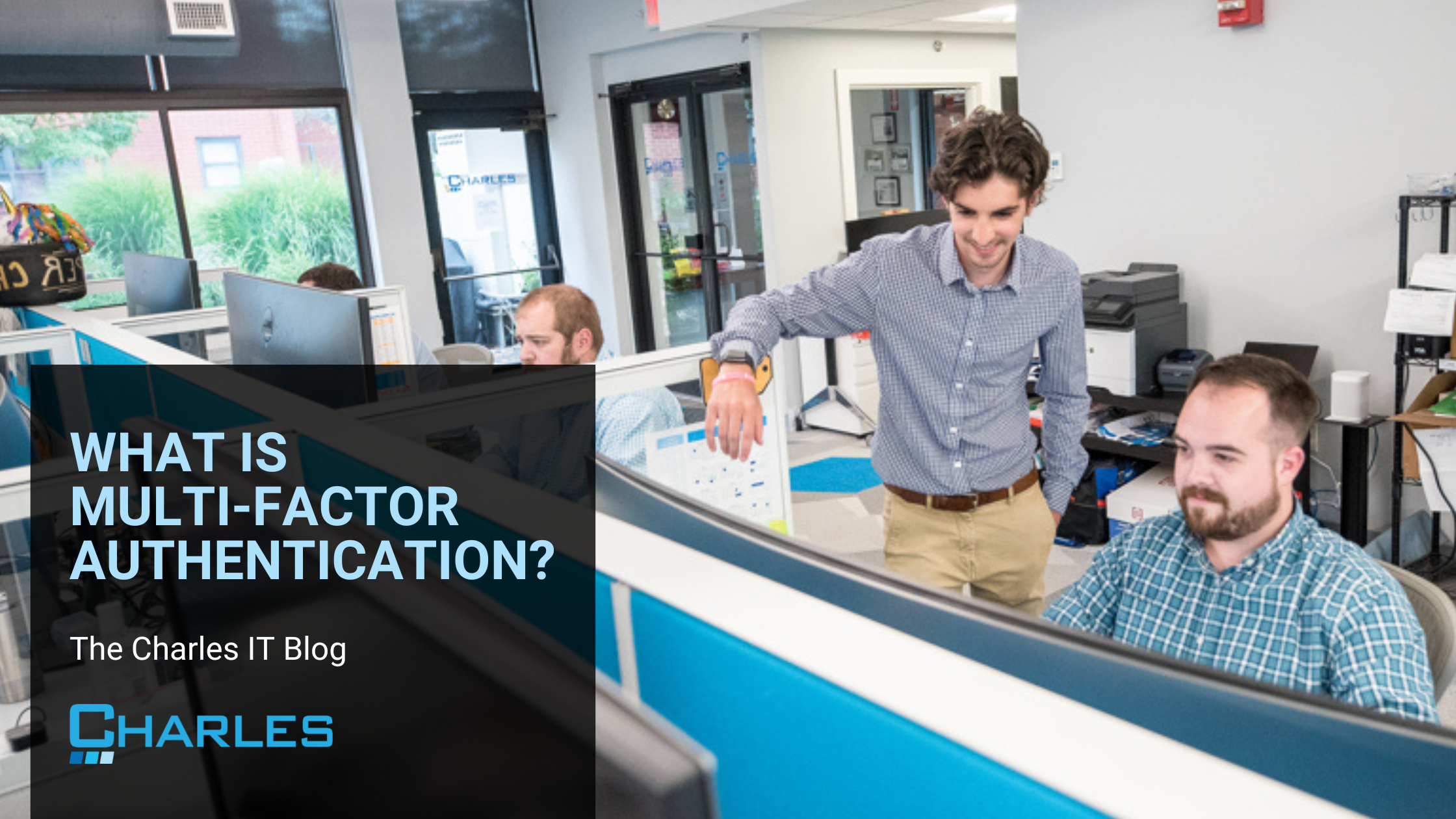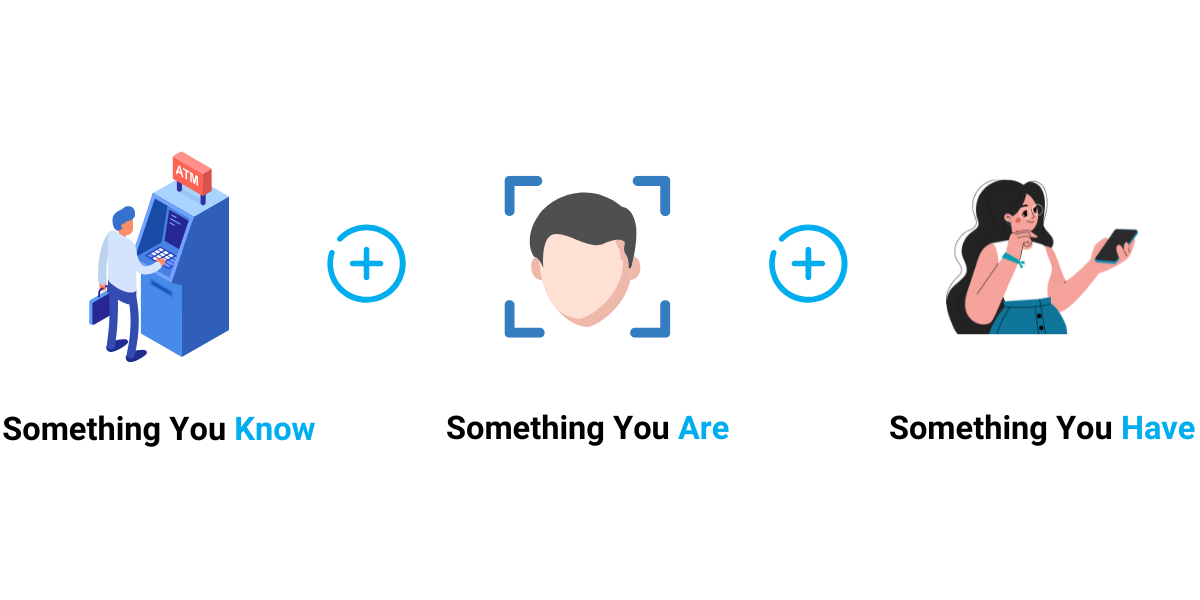
When you log in to one of your online accounts, you are going through a process called
authentication. Traditional authentication involves a username and password; however, many users pick simple passwords that are easy to guess by hackers.
This is why most online accounts are introducing multi-factor authentication to promote the security of sensitive information. When you sign into an account for the first time or on a new device, you will be required to enter additional information to prove your authenticity.
To fully understand the benefits multi-factor authentication can have on your company, you must first understand the common types of authentication factors and the difference between two-factor authentication vs multi-factor authentication.
What is Multi-Factor Authentication?
The definition of multi-factor authentication is a method that requires users to input two or more verification factors before access is granted. Multi-factor authentication provides another layer of security outside of a username and password. There are three common types of authentication factors:

- Knowledge – This is something you know, such as a password or PIN.
- Biometrics – This is something you are, such as facial recognition or a fingerprint.
- Physical Possession – This is something you have, such as a smartphone or USB key.
The authentication factor that is most useful to your company will depend on your employees and business operations. For example, aerospace and healthcare companies can utilize biometrics when entering labs, which might not be ideal for a manufacturing company.
How Does Multi-Factor Authentication Work?
.png?width=1600&height=900&name=MFA%20Graphic_v2%20(2).png)
When a user signs into a new device, app, or area for the first time, they will be required to enter a password and another authentication factor. This provides an added layer of security that hackers won’t be able to guess. Moreover, multi-factor authentication is highly useful for businesses with different clearance levels. When you need to restrict certain employees from accessing information, having multi-factor authentication is necessary.
Let’s say you are going to sign into a work email account for the first time. If a hacker were able to guess your password, they would be able to access the confidential information of your company. By implementing physical possession authentication in addition to the password requirement, hackers are less likely to gain access.
What is the Difference Between 2FA and MFA?
Understanding two-factor authentication vs multi-factor authentication can help you determine which one is right for your business. Two-factor authentication is a subset of multi-factor authentication. Two-factor authentication requires users to present only two authentication factors, while multi-factor authentication requires at least two factors. If you want the highest level of protection, MFA might be the right move.
Implementing Multi-Factor Authentication
Getting started using multi-factor authentication involves understanding your company’s needs. Are biometrics attainable, or is physical possession a better route? Finding the optimal combination is important not only for employee satisfaction but also to safeguard the sensitive information of your company.
Proper implementation of multi-factor authentication is important for the long-term success of your security system. This is why working with an expert, like Charles IT, is imperative. At Charles IT, we can help you navigate through which factors are most beneficial for your company and assist you throughout the implementation process. Reach out to a team member today for more information!



